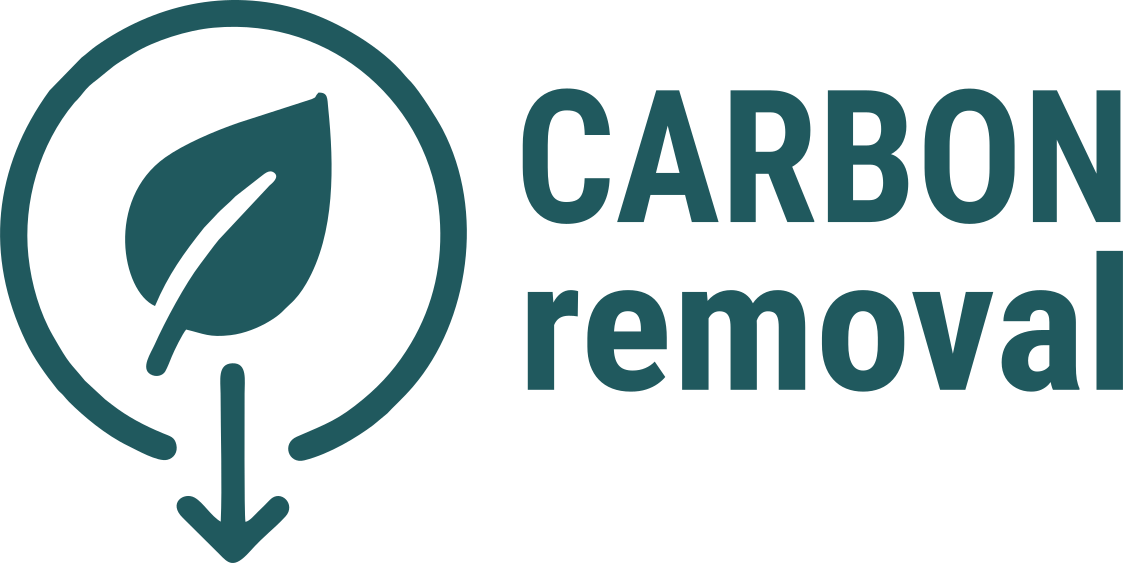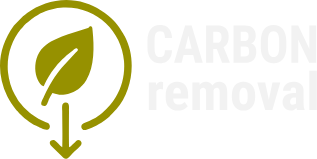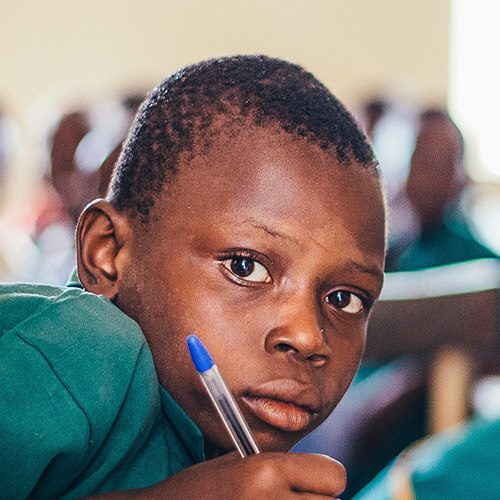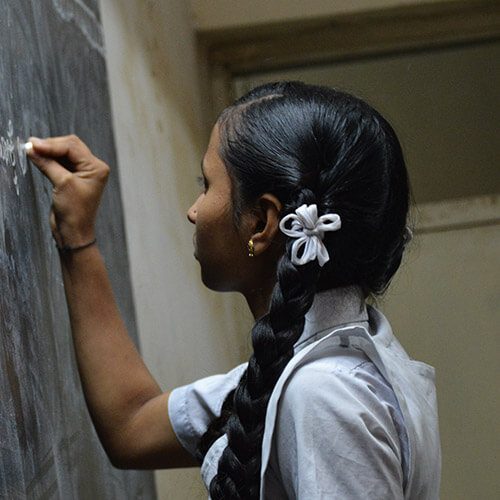Find Answers to All Your Questions
Our team is here to support you every step of the way. Explore our resources and get clear, helpful solutions to all your queries in one place.
What details can you provide about your biochar solution and processes?
Our comprehensive Biochar Solutions Guide, accessible for free through our online portal, outlines our methodologies, procedures, and standards. It includes detailed information on approved equipment, biomass sourcing, and compliance with the European Biochar Certification (EBC) standard.
Where is the biomass for biochar production sourced from?
We source biomass from agricultural byproducts, such as crop residues like corn cobs, stalks, and tree trimmings, which are typically burned in open fields. By converting these materials into biochar, we provide farmers with a sustainable alternative, reducing open-field burning and supporting eco-friendly practices.
How is biochar applied?
Farmers must document the application of biochar for carbon sequestration using photos, videos, or receipts to qualify for blockchain-based compensation. Our team, along with independent third-party auditors, conducts random, unannounced inspections to verify long-term carbon sequestration.
How do you calculate the carbon sequestration potential?
Our carbon sequestration calculations align with the European Biochar Certification (EBC) standard, tailored for smallholder farmers. We assess the carbon sink potential (C-sink100) by factoring in biological degradation over 100 years. Our methodology accounts for emissions from pyrolysis, processing, transportation, and post-production activities. Additionally, we incorporate methane (CH4) emission reductions from preventing open-field burning and may include tree planting to offset emissions from low-tech pyrolysis. An emissions safety margin is applied, and "additionality" is calculated based on the avoidance of open-field burning. We continuously refine our calculations to ensure accuracy and maximize carbon impact.
How are proceeds distributed to stakeholders?
The majority of proceeds—approximately 80%—are directed to smallholder farmers and local workers, empowering communities. About 12% supports operational and administrative costs, while the remaining 8% is reinvested into community development initiatives, such as education and infrastructure projects.
Do you follow fair and equitable hiring practices?
Absolutely. Since our inception, we have prioritized fair and equitable hiring, fostering gender equality and economic opportunities in underserved rural areas. Our biochar initiatives create jobs and new income streams, supporting inclusive community development.
What steps do you take to verify the authenticity of biochar during inspections, such as preventing substitution in standardized bags?
To safeguard against potential fraud, our verification process includes on-site audits, sample testing for carbon content and composition, and cross-referencing with production logs. Photos and videos of filled bags are supplemented with random lab analyses to confirm material quality, ensuring only genuine biochar qualifies for credits.
How do you mitigate risks of greenhouse gas emissions during biochar manufacturing?
We employ controlled pyrolysis techniques in low-oxygen environments to minimize emissions like methane and CO2. By converting biomass that would otherwise decompose or burn openly, our process avoids significant GHG releases, and we monitor exhaust gases to ensure compliance with environmental standards.
What scientific research underpins your biochar methods and quality assurance?
Building on foundational work like the 2014 study by Hans-Peter Schmidt on biochar's effects in vineyard soils, we reference numerous recent studies from 2020-2025 that demonstrate enhanced carbon sequestration, soil health improvements, and production optimizations through modified biochars.
How is the traceability and openness maintained in handcrafted biochar creation regarding source, standards, and ecological effects?
We utilize blockchain technology and digital registries to track biomass from origin to application, including GPS data for sourcing and production sites. Quality tests adhere to standards like the European Biochar Certificate (EBC), with transparent reporting on environmental impacts available through our portal.
Could harvesting waste biomass for biochar harm nearby wildlife or natural habitats?
While properly managed, this practice reduces waste and emissions, potential risks include nutrient depletion if residues are over-harvested. We mitigate this by sourcing sustainably, conducting ecosystem impact assessments, and promoting biodiversity-friendly guidelines to avoid negative effects on local flora and fauna.







